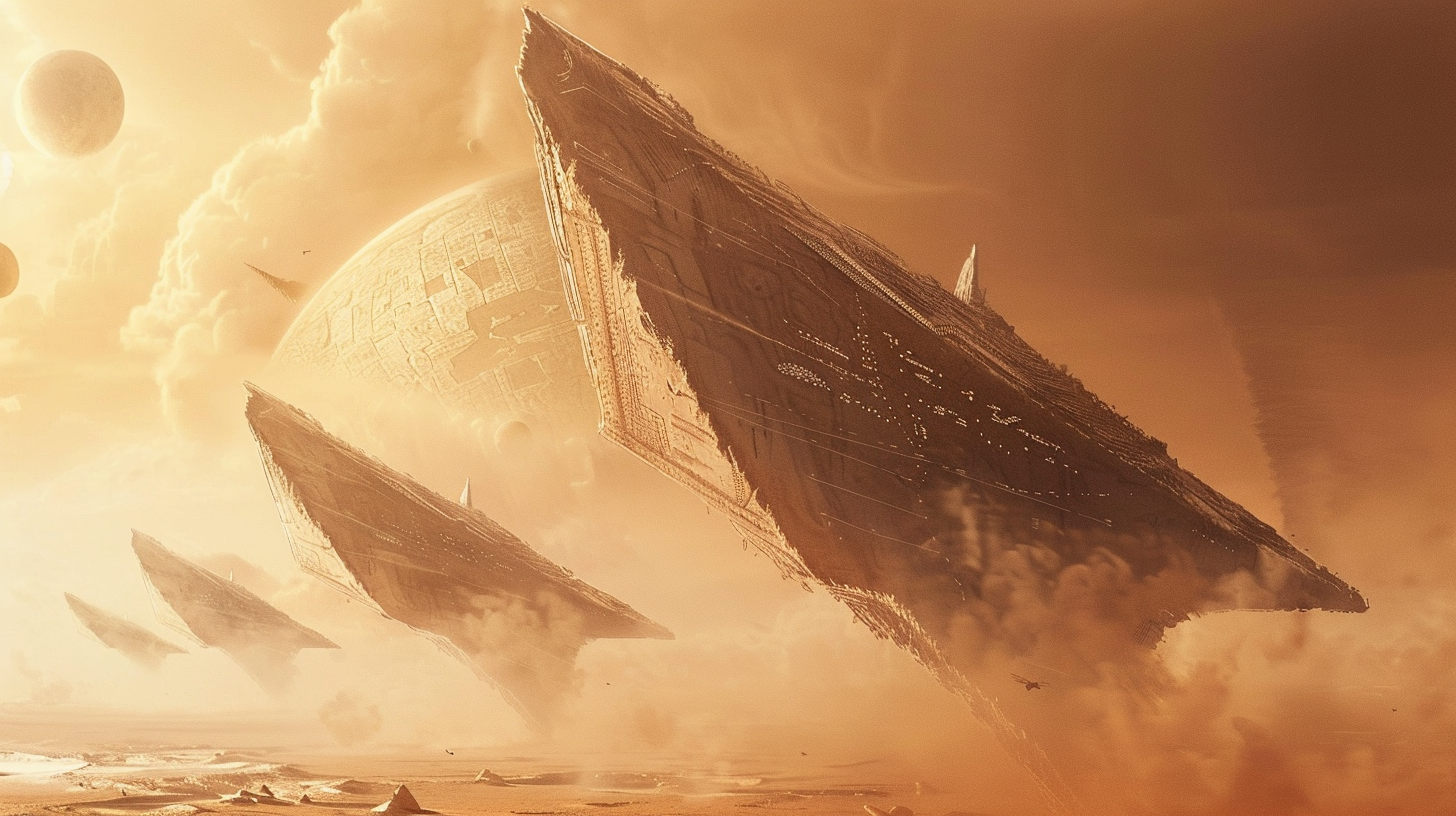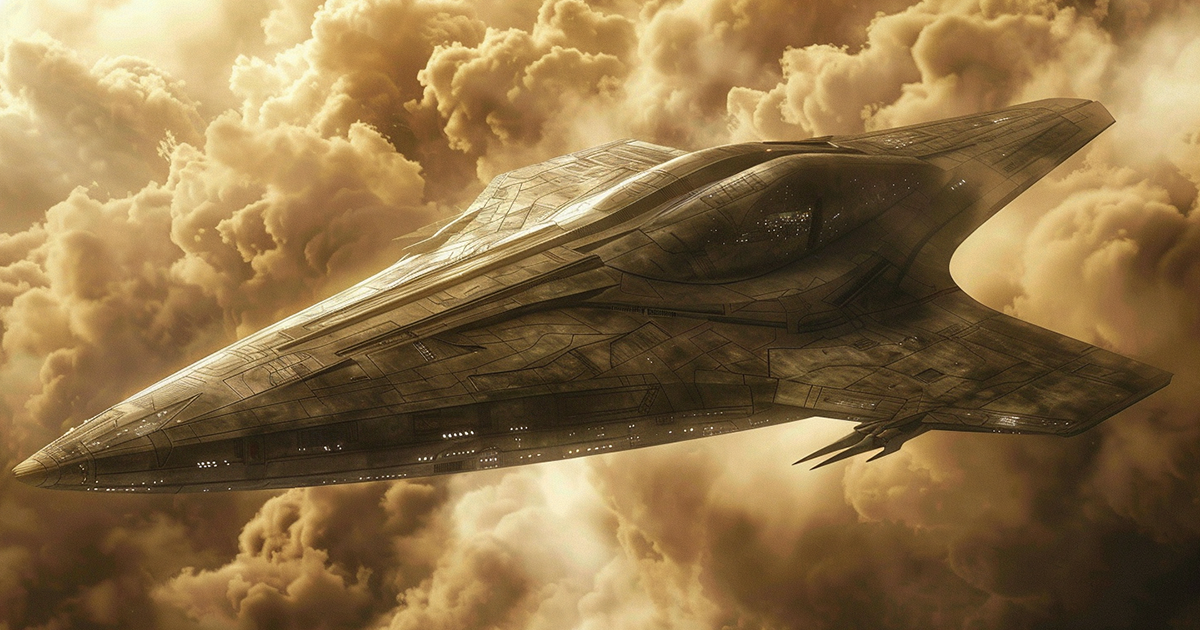The ancient Sumerians, inhabitants of Mesopotamia, were pioneers of civilization, leaving behind a rich legacy of art, literature, and technological innovation. Among their many contributions, Sumerian artwork stands out for its intricate detail and enigmatic symbolism. In recent years, scholars and enthusiasts alike have been captivated by depictions of peculiar flying objects in Sumerian art, resembling modern-day spacecraft. Could these ancient artifacts be evidence of advanced technology or are they simply products of symbolic imagination?
Central to the debate are Sumerian cylinder seals, clay tablets, and reliefs that depict scenes of everyday life, religious rituals, and celestial events. Among these depictions are curious objects that bear a striking resemblance to modern aircraft – cylindrical shapes with protrusions resembling wings or stabilizers, often accompanied by figures that appear to be piloting or interacting with these craft.
Proponents of the theory that Sumerian artwork depicts ancient aircraft argue that the precision and detail of these depictions suggest a familiarity with aerodynamic principles beyond the capabilities of ancient civilizations. They point to the consistency in the portrayal of these objects across various artifacts and the presence of accompanying figures engaged in activities that suggest technological expertise, such as operating controls or observing the skies.
Furthermore, supporters of this theory draw parallels between Sumerian depictions and descriptions of flying machines in other ancient cultures. From the Vimanas of Hindu mythology to the flying chariots of the ancient Egyptians, similar motifs of aerial vehicles appear across diverse civilizations, leading some to speculate about the possibility of intercultural exchange or shared encounters with advanced technology.

In addition to visual representations, some Sumerian texts provide further context for interpreting these enigmatic artifacts. Ancient cuneiform tablets contain accounts of gods descending from the heavens in flying vehicles, suggesting that these objects held significant symbolic and religious meaning for the Sumerians. However, interpreting these texts requires careful consideration of the cultural and religious beliefs of the time, as well as the metaphorical language often employed in ancient literature.
On the other hand, skeptics offer alternative interpretations of Sumerian artwork, suggesting that the flying objects may represent symbolic or mythological concepts rather than literal depictions of advanced technology. They argue that ancient civilizations often used art to convey abstract ideas or religious beliefs, and the portrayal of flying objects could be a metaphor for divine beings or celestial phenomena rather than actual aircraft.
Moreover, critics point out the lack of tangible evidence supporting the existence of ancient aircraft, such as physical remains or technological artifacts. While the depictions in Sumerian art may be intriguing, they caution against jumping to conclusions without sufficient corroborating evidence.
Another perspective on Sumerian artwork suggests that these flying objects could represent spiritual or cosmic journeys rather than physical vehicles. In Sumerian mythology, gods and goddesses were often depicted as traversing the heavens in celestial chariots or boats, symbolizing their transcendence beyond the earthly realm. Therefore, the flying objects in Sumerian art may serve as metaphors for spiritual enlightenment or the quest for divine knowledge.
In conclusion, the interpretation of Sumerian artwork depicting peculiar flying objects remains a subject of speculation and debate among scholars and enthusiasts. While some see evidence of ancient aircraft and advanced technology, others view these artifacts as symbolic expressions of cultural, religious, or cosmic concepts. As we continue to study and interpret these ancient artifacts, one thing remains certain – the enigmatic nature of Sumerian art continues to inspire curiosity and wonder, inviting us to explore the mysteries of the past and contemplate the boundaries of human imagination.

24 thoughts on “Unraveling the Mysteries of Sumerian Art: Ancient Aircraft or Symbolic Imagery?”
Comments are closed.